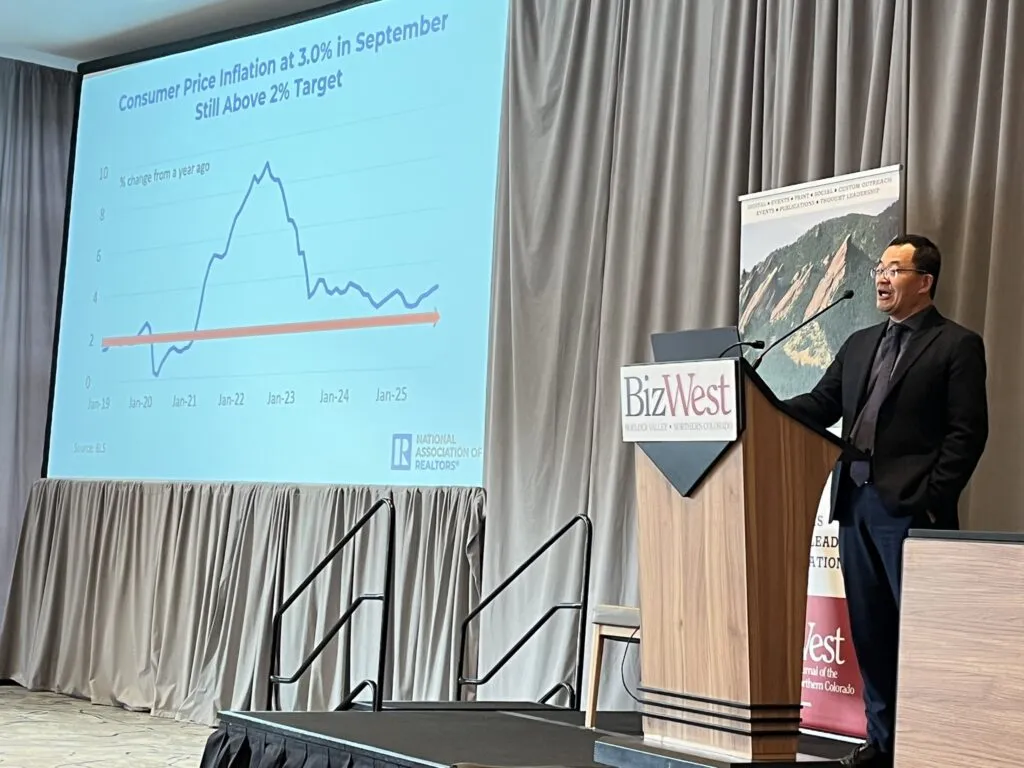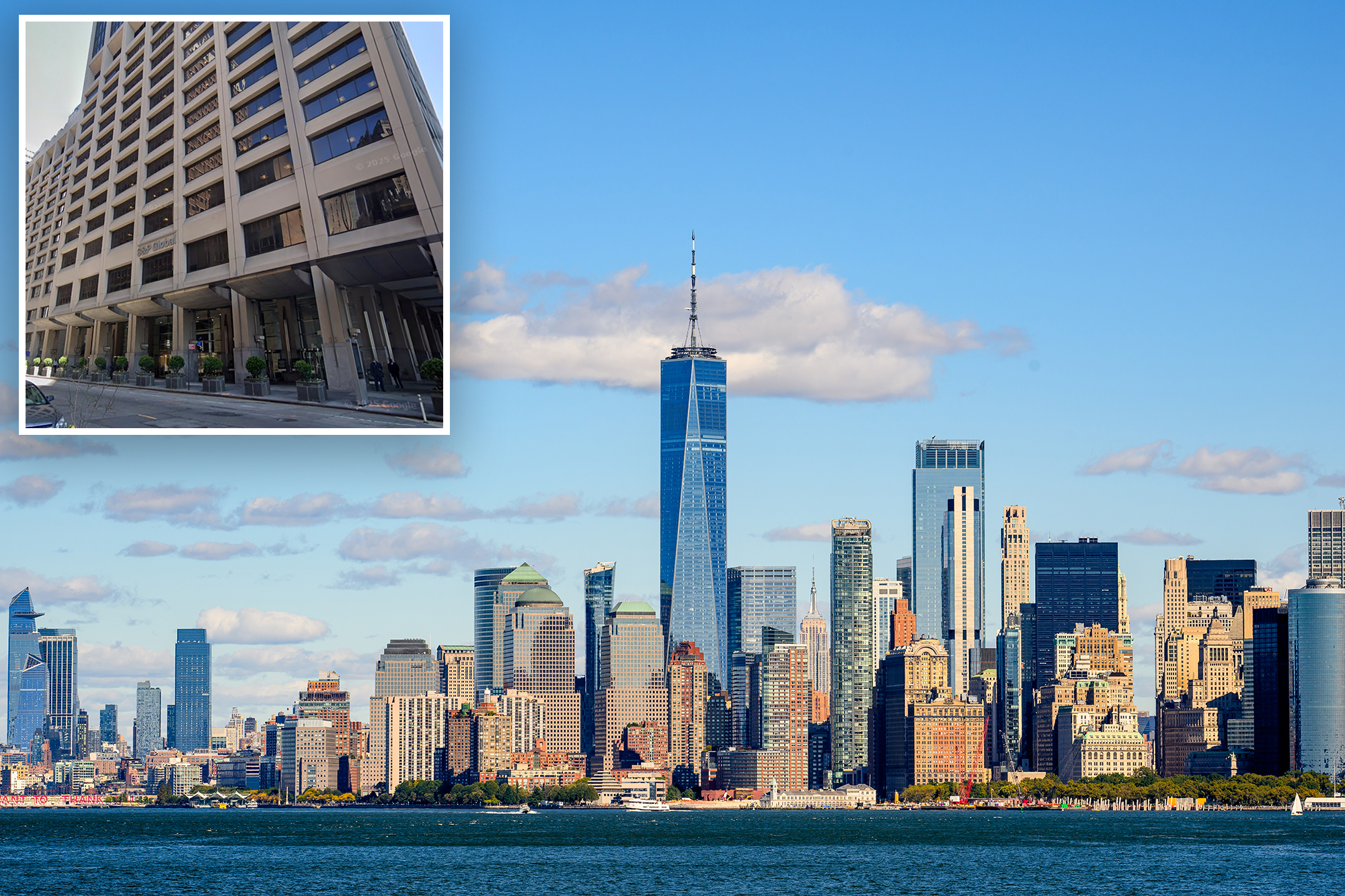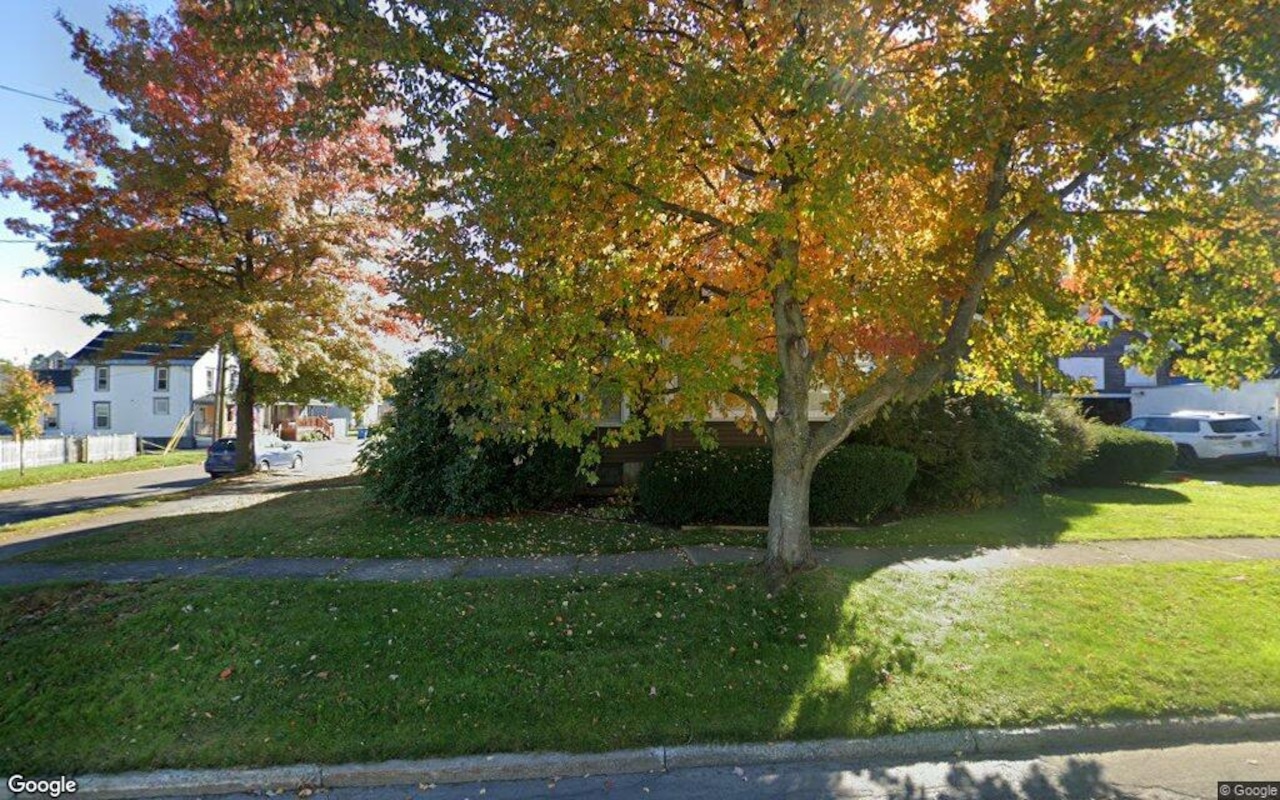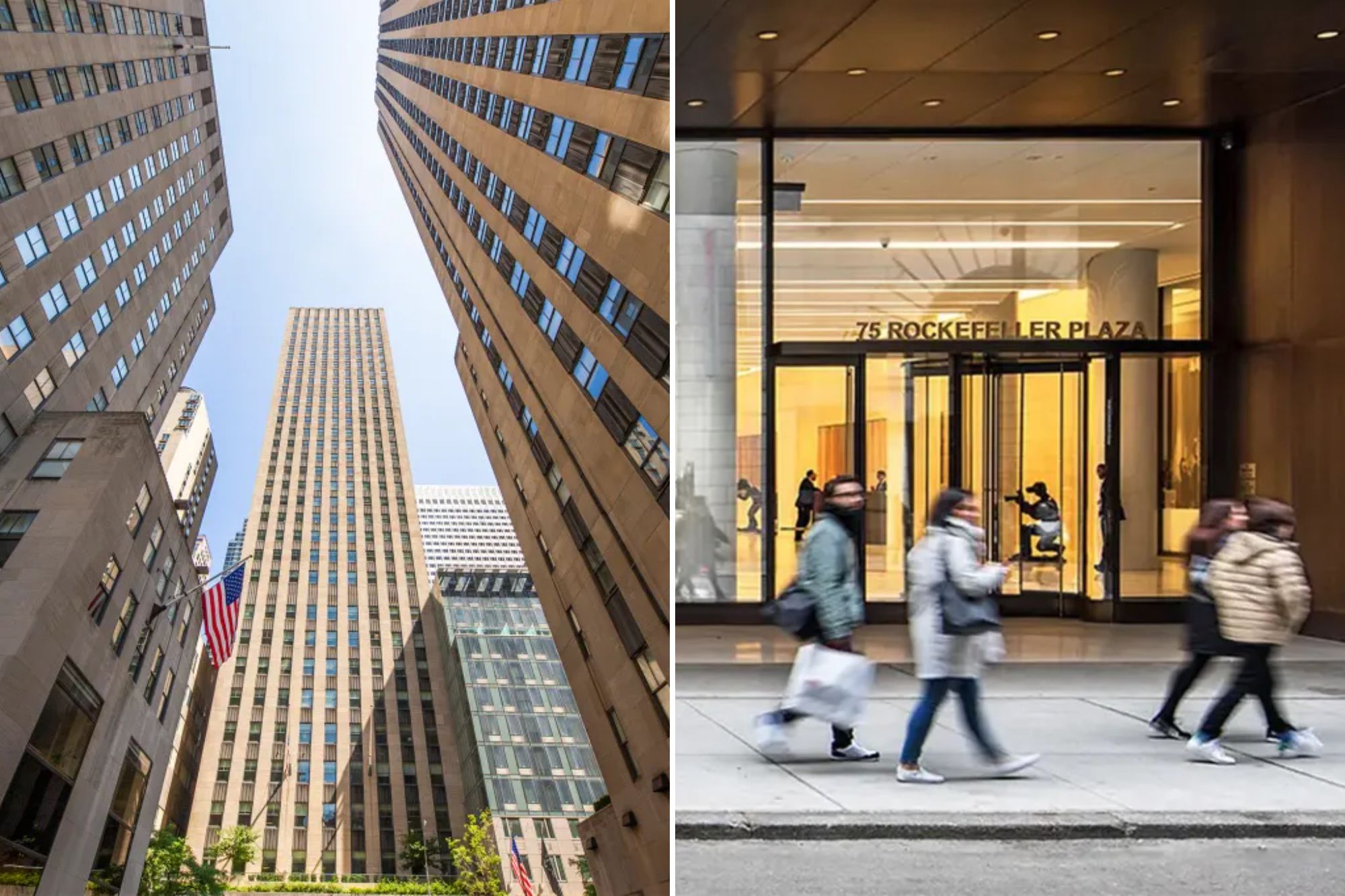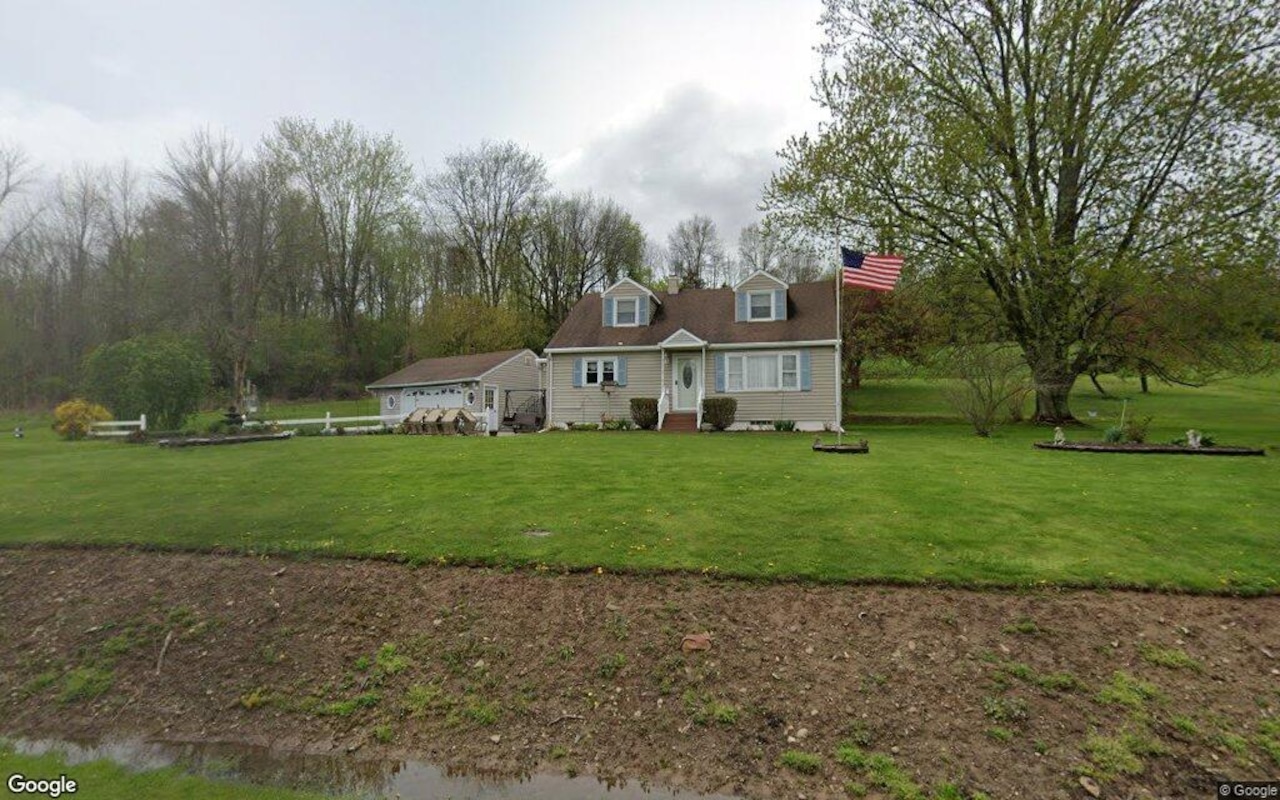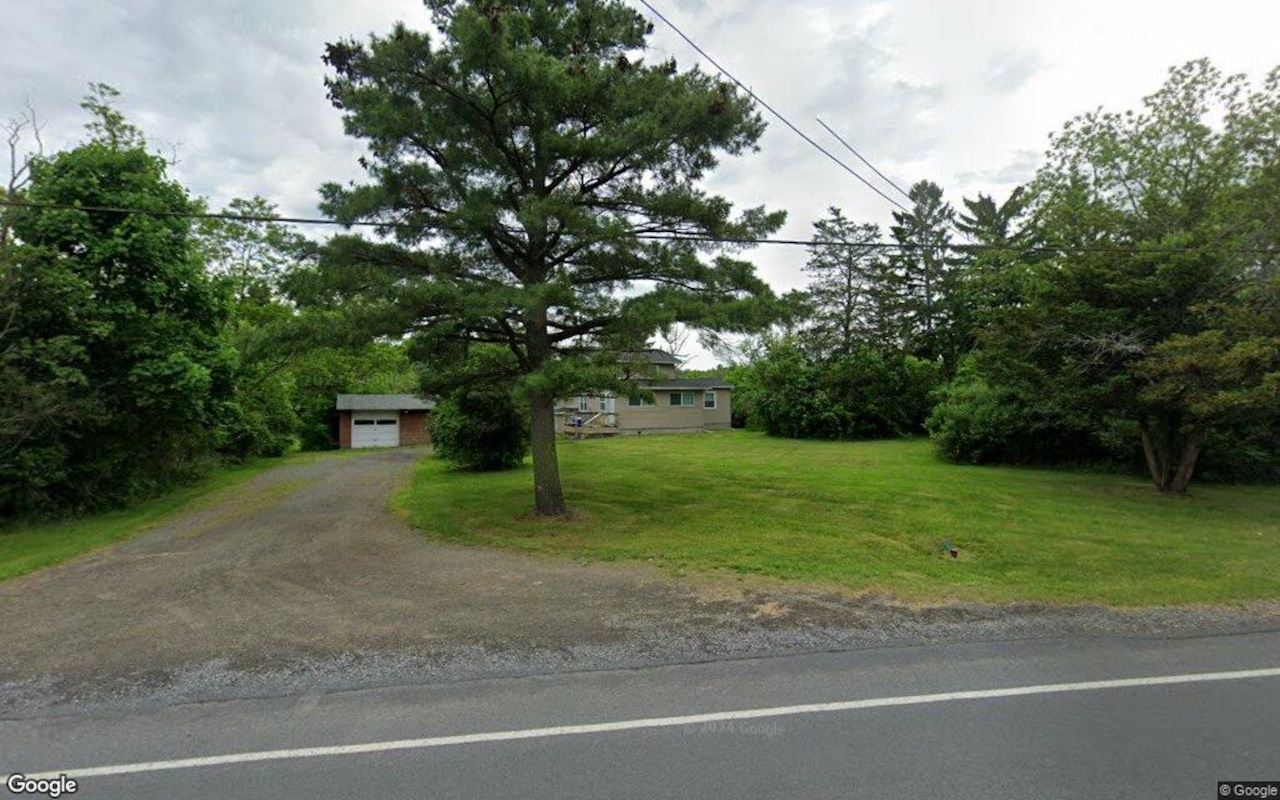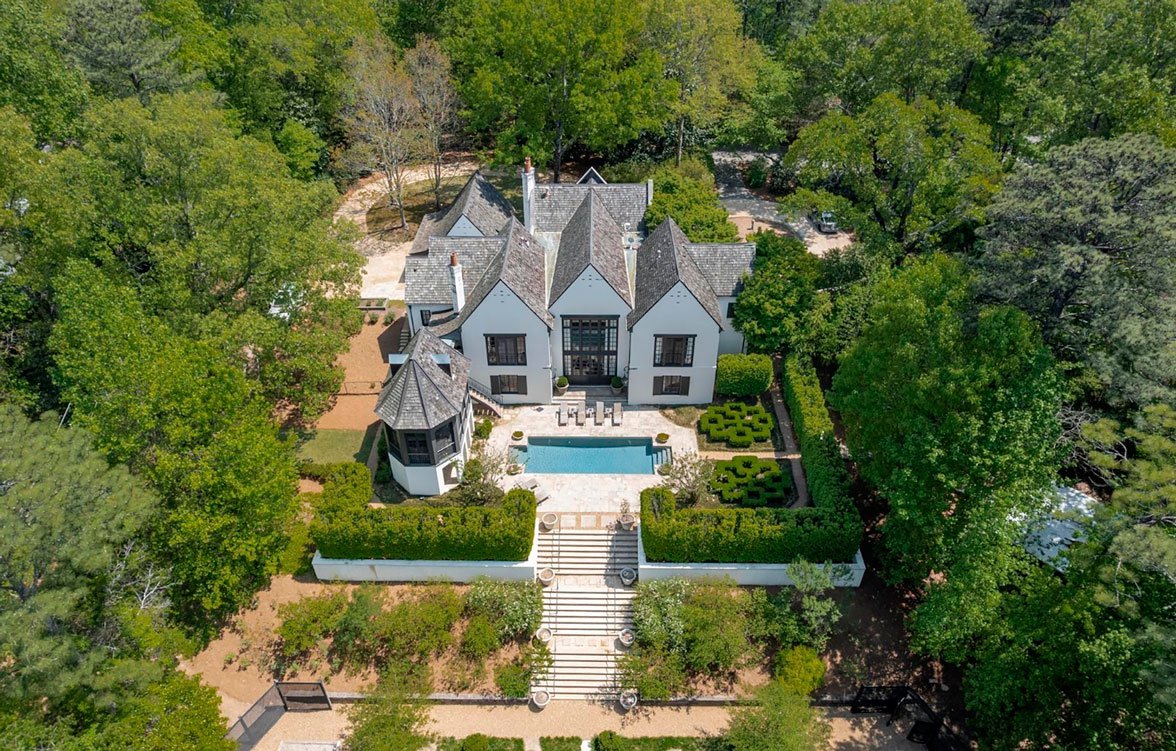B
oulder, Colorado – The real‑estate sector is poised for another rough 2025, the third consecutive year of decline, but the National Association of Realtors’ chief economist, Lawrence Yun, projects a rebound in 2026. Yun delivered his keynote at the Boulder Valley Real Estate Conference, held at the new Limelight Boulder Hotel, marking his fifth appearance in the event’s 18‑year history.
Yun’s national outlook hinges on mortgage rates falling from 7 % to 6 %. With that shift, he forecasts a 14 % rise in existing‑home sales, a 5 % uptick in new‑home sales (versus a 2 % drop in 2025), a 4 % increase in median prices, and the creation of 1.3 million jobs next year compared with 400 000 this year.
Before laying out the numbers, Yun examined the market’s trajectory. He questioned whether a recovery is imminent and whether a recession looms. The recent government shutdown had stalled data collection, but fresh labor‑market figures released this morning suggest the economy is still expanding, with employment gains continuing. He noted that the stock market, once at record highs, may be overvalued, yet housing starts remain at record levels, reinforcing the stability of homeowner wealth.
Despite these positive signs, consumer sentiment has dipped, and defaults on loans are creeping up. Yun compared the current AI‑driven market surge to the railroad boom of the early 20th century, warning that while capital is pouring in, returns may not materialize as expected. He emphasized that optimism remains high in America, but many now view the future as less bright than the present.
Auto‑loan delinquencies are rising even as employment grows, indicating distress in certain segments. Credit‑card and student‑debt delinquencies are also climbing, though mortgage delinquency rates remain flat.
Yun recounted the housing market’s roller‑coaster history. During the Great Recession, the Fed slashed the federal funds rate to 0 %, prompting lenders to offer 3‑4 % mortgage rates and sparking a frenzy of home purchases. As inflation surged, the Fed raised rates aggressively, pushing mortgage rates to 7‑8 %. Buyers retreated, and sellers hesitated to relinquish their low‑rate mortgages. Now, buyers are adjusting to 7 % rates, and interest may rise again before stabilizing. Yun expects three more rate cuts before the Fed reaches equilibrium, focusing on labor‑market data rather than inflation alone.
Colorado’s job market has grown 6.6 % over the past five years, surpassing the national average but lagging behind states like Utah, the Carolinas, Florida, and Texas, which have seen 10 % growth. Boulder itself has doubled its workforce since 1990.
While Yun remains optimistic about residential real estate, he views commercial property with caution. Apartment demand stays strong, but the office sector suffers from lingering hybrid and remote work trends, raising concerns about a permanent oversupply. Office prices are falling, whereas retail vacancies remain stable and overbuilding is not an issue. Warehouse rents have dropped after a pandemic‑era boom.
Commercial financing differs from residential mortgages: properties rely on three‑ to five‑year loans that are up for refinancing. With current interest rates and declining values in some sectors, banks are reluctant to offer terms comparable to previous loans. Large banks are withdrawing from commercial real estate, leaving local banks to negotiate, often resulting in “pretend and extend” deals that could lead to zombie loans unless the Fed cuts rates further.
In sum, Yun predicts a challenging 2025 for real estate, with a hopeful turnaround in 2026 contingent on falling mortgage rates, sustained job growth, and a cautious approach to commercial financing.
